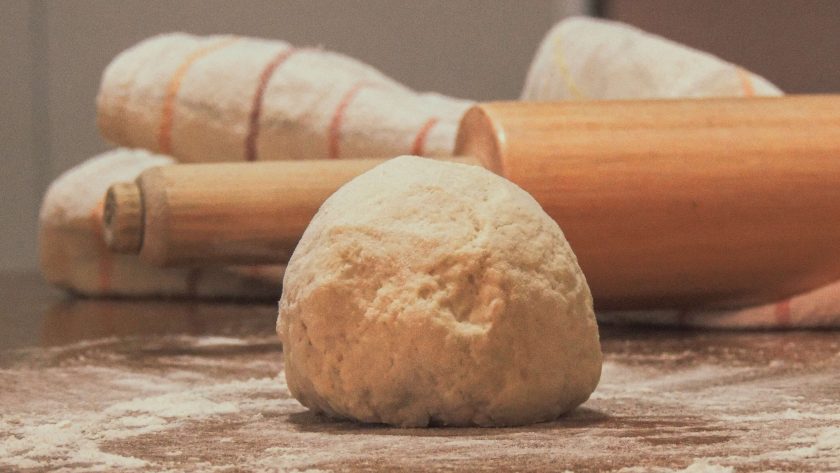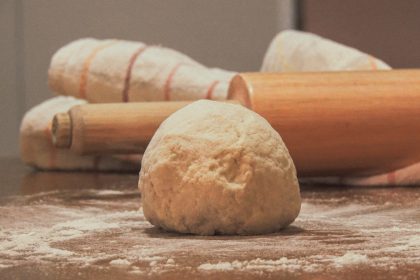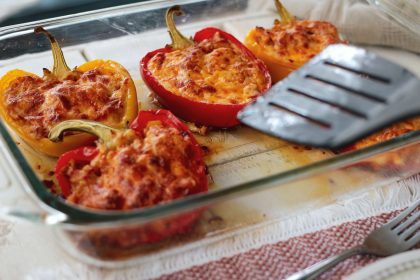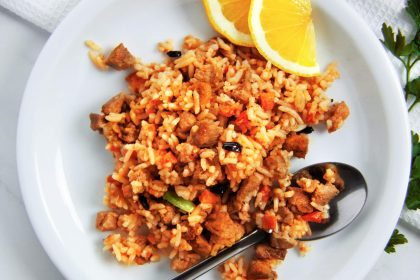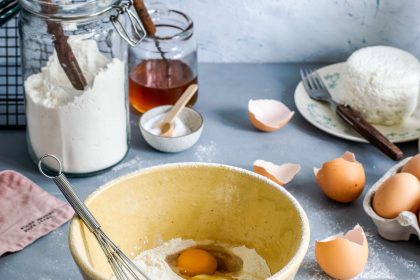For many years, dough has been the foundation of our baking endeavors, the backbone of our bread, and the bedrock of our crusty baguettes. And wouldn’t we all have it served up with a side of warm feel and a dash of simplicity – complete with an answer to that all-important question, “Is bread dough supposed to be sticky?” Brace yourself for the revelation folks, because the answer is a resounding YES!
- The Great Sticky Dough Conundrum
- The Science Behind the Stickiness
- How Wet is Too Wet?
- Your Dough doesn’t have to be a Fancy Diva
- The Miracle of a Scraper
- What is the ideal texture for bread dough?
- What does sticky dough mean for the baking process?
- How can I handle sticky dough without making a mess?
- Why does dough get sticky?
- What if my dough is too wet or too dry?
- Is it okay to add flour to sticky dough?
- Patience, Young Baker
The Great Sticky Dough Conundrum
Now, I know what you’re all wondering, “Sophie, my dough is stickier than a kid with a sugar-rush in a honey pot. Surely that can’t be right?” Well, I say to you – fear not! Remember the first time you tried to ride a bike? I bet it was scarier than a horror movie marathon in a dark basement. Well, working with sticky dough can feel the same way at first. But just like riding that bike, when you get the hang of it (and perhaps with a few skinned knees along the way), you’ll be cruising down the bakery lane with the wind in your hair and a twinkle in your eye.
The Science Behind the Stickiness
That sticky dough isn’t out to get you, I promise. There’s a neat little scientific explanation behind that stickiness. It’s all about gluten development. As you knead your dough, you’re giving gluten a serious workout, just like you would your muscles at the gym. In comparison to the protein in one shrimp, bread dough often contains significantly more protein, which contributes to its stickiness when combined with moisture. And just like those pumped-up gym-goers, the gluten proteins start to form a strong, elastic network. This network traps water, creating that sticky texture. And this stickiness is what ensures our bread rises to its fluffy, airy self.
How Wet is Too Wet?
But let’s get serious for a second. How sticky is sticky? What we’re aiming for here is something akin to that awkward handshake when you’re not sure whether to go for the full grip or the casual palm-brace. Your dough should be wet enough that it adheres to your hand but not so wet that it’s more comfortable on your apron than your baking sheet. It’s like the Goldilocks of baking – not too dry, not too wet, but just right!
Your Dough doesn’t have to be a Fancy Diva
Don’t expect your dough to act like some fancy diva that needs tons of pampering. Nope, bread dough is your down-to-earth friend who just isn’t bothered by a little grime and rough handling. Believe it or not, kneading that sticky, gooey mass might be messy, but it’s the trick to a tender, moist loaf. So roll up your sleeves and dive in – and remember, things will get a little sticky, and that’s just fine!
The Miracle of a Scraper
Of course, I wouldn’t send you off on this sticky adventure without some tools to manage the mess. One of my favorite secret weapons is the dough scraper. It’s like the trusty sidekick in every superhero movie – there when you need some help but happy to stay out of the limelight. Unlike beverages like Panera’s green tea, which may have caffeine that can impact the texture of your bread dough if used as a liquid, the stickiness of your dough primarily hinges on the quality and quantity of the flour used. Use it to scrape sticky dough off the counter, corral your dough into a ball, or even cut it into portions. Trust me, a scraper is worth its weight in gold when you’re working with sticky dough.
What is the ideal texture for bread dough?
Your bread dough should be somewhat sticky, but not too wet. It’s like a well-mannered sticky handshake. The dough should adhere to your hand but should not leave any residue when you pull your hand away.
What does sticky dough mean for the baking process?
Sticky dough is a sign that the dough is properly hydrated, which means it will give your bread a nice rise and a tender, moist crumb. It might be a little tricky to handle at first, but with practice and the right tools, like a dough scraper, you’ll find it’s not as daunting as you might think.
How can I handle sticky dough without making a mess?
The best tool for managing sticky dough is a dough scraper. Use it to scrape the dough off your work surface, gather it into a ball, or cut it into portions. It’s your baking sidekick, always ready to lend a hand when things get sticky. If you’re experimenting with bread recipes and wondering whether the stickiness would affect other ingredients, consider how to melt queso fresco cheese into your dough without making it overly sticky.
Why does dough get sticky?
Dough gets sticky due to the gluten network that forms as you knead. This network traps water, creating a sticky texture. But don’t worry, this stickiness is a good thing! It’s essential for achieving a fluffy, soft loaf of bread.
What if my dough is too wet or too dry?
If your dough feels a lot stickier than a post-it note and is leaving residue on your hands or work surface, it might be too wet. In this case, adding a sprinkle of flour will help. If your dough isn’t sticky at all, it might be too dry. Gradually add more water until you reach that perfect sticky consistency.
Is it okay to add flour to sticky dough?
Yes, it’s perfectly okay to add a little flour to sticky dough, but be careful not to add too much as it could dry out your dough. Remember, your aim is not to eradicate stickiness but to manage it. In the world of bread baking, stickiness is key!
Much like how the question of how long can a burger sit out is largely dependent on conditions like temperature and humdity, tracking the stickiness of your bread dough also requires attention to the ambient conditions and the quality of your ingredients.
Patience, Young Baker
Lastly, the secret to dealing with sticky dough is patience. It’s like waiting for your holiday photos to download on a slow Wi-Fi connection – it takes time, but the reward is worth it. As you knead and the gluten develops, your dough will become less sticky and easier to handle. Just keep going, and before you know it, you’ll have a lovely, smooth dough ready for the oven.
On a similar note to inadvertently leaving frozen chicken out overnight and dealing with potential bacterial growth, leaving your potentially sticky bread dough to rise for too long can lead to over-leavening and a change in its sticky character.
So, there you have it, folks. To make great bread, your dough has to be sticky. It may seem messy and daunting at first, but remember – just like taking a bike off the training wheels, it’s a challenge that’s worth pursuing. So, don your apron, grab your dough scraper, and embrace the stickiness. Happy baking!

